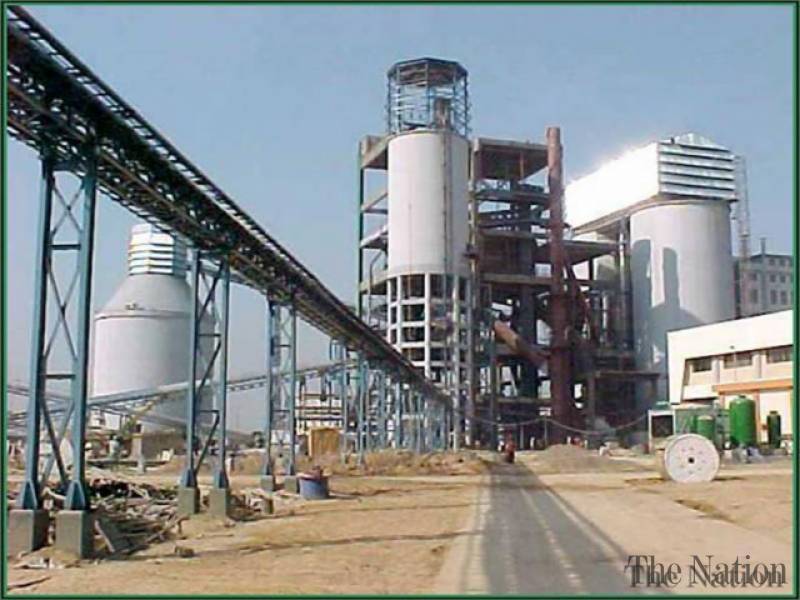Independent sources describe cement industry as one of Pakistan’s top industries, significantly contributing to economy. Pakistan’s cement industry exports cement after serving domestic demand. The industry has attracted domestic and foreign investors in a big way.
However, cement industry also has some problems and threats which could affect it negatively. It has seen a big slump in its major export destinations like Afghanistan. Reality checks show cement makers financial year gains are spectacular. Estimates set Lucky Cement at 48%, Kohat 46%, DG Khan 43% and Maple Leaf 43% as top units. Thus to meet cement’s extensive demand, manufacturers are set to expand their facilities and out lets without fear of price wrangling.
One of the cement big names – Maple Leaf Cement Factory – is about to expand to new products. Its new 2.3 million ton brown-field expansion program will cost Rs22 billion. To cut down electricity costs and reduce dependence on national grid, the company has formed a wholly owned subsidiary, Maple Leaf Power Ltd (MLPL), primarily, to generate and supply low cost power. MLPL is currently running on 3.2 million tons of clinker production annually, which is about 7% of total cement production. Its share would go up to 8% in next few years.
This report gives details of each firm’s spectrum expansion plans. Kohat Cement will expand by 2.3 million tons. Green field expansion may take longer compared to brown field. DG Khan Cement, another big player, would add 2.2 million tons, while Lucky Cement plans to build new expansion plant in Kalar Kahar with 2.3 million tons capacity. Gharibwal Cement has announced it would add 2.4 million tons of production.
Fauji and Thatta Cement have not made any commitment over their expansion plans other than those already under way. But Thatta Cement has established and consolidated its position as profitable concern. Its position grew by 112% last year and its margins increased from 28% to 32%. Fauji’s silo collapse earlier this year had hurt its earning but after reconstruction of damaged line, it is well set to take its market share.
If designed expansion plans come through by end of the decade, production capacity of cement manufacturers will go up from 45 million tons to 67 million tons, which is 50% increase in total capacity. Sector’s performance shows that Total dispatches went up by 10% by end of last year and cement demand is expected to grow about 9 to 15% annually. The industry will then be operating at 90% capacities, say cement producers.
There is now enough space for new players to enter the industry, and those already working at lower tiers can reach higher leads. They can set multiple goals.
A Chinese firm’s entry was going the rounds, when DCL sources confirmed they will be working with one top Chinese cement firm and that they have agreed with the Chinese firm for diligence.






